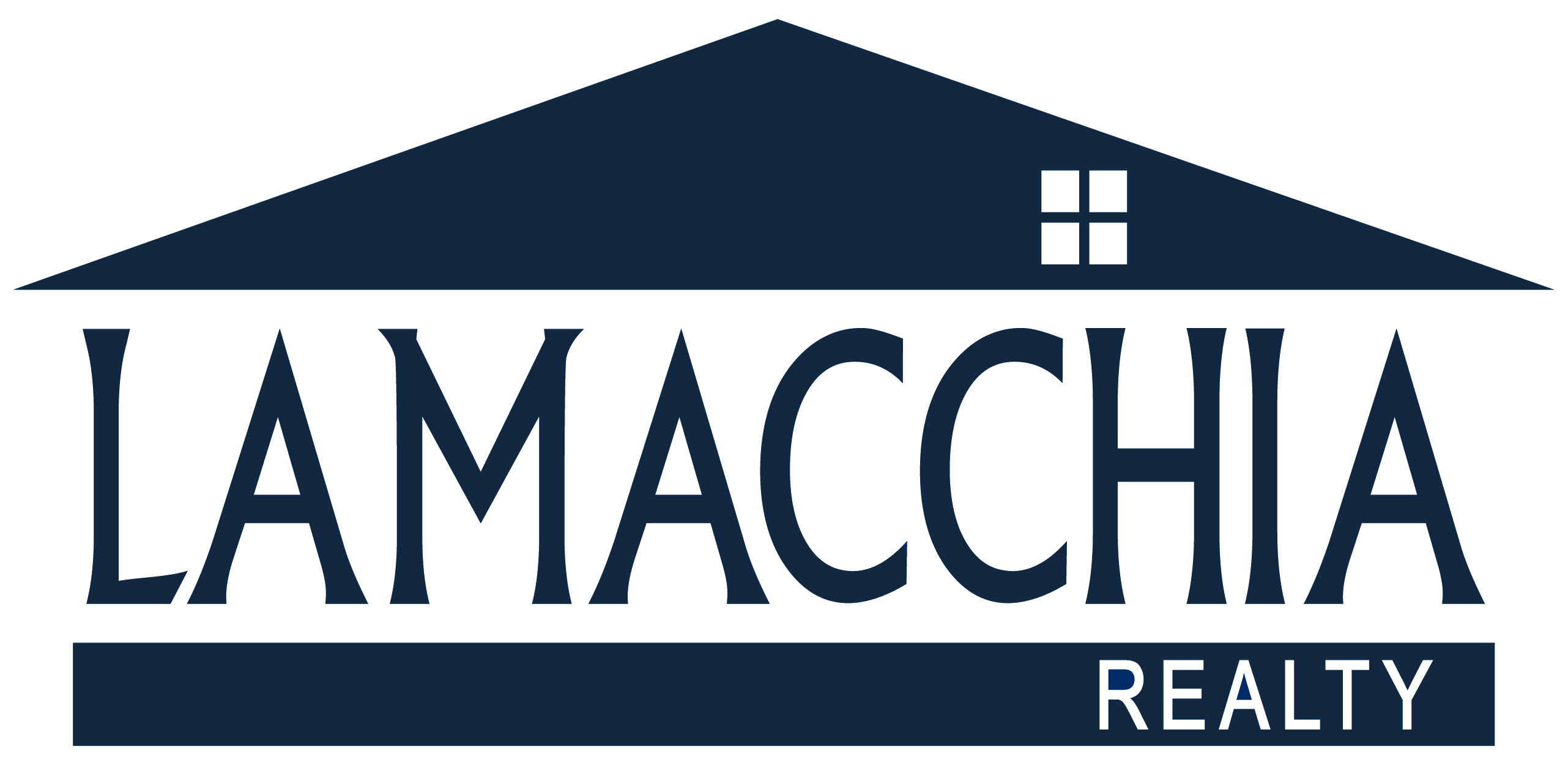
 In an unforeseen twist to the market, Tuesday saw 30-year mortgage rates reach 4.72% and surpass the level they weren’t predicted to reach until the end of the year.
In an unforeseen twist to the market, Tuesday saw 30-year mortgage rates reach 4.72% and surpass the level they weren’t predicted to reach until the end of the year.
This rapid increase is akin to a rate spike in 1994, however, the last time we saw 4.72% was in November of 2018. Recently, however, affordability for homebuyers was just diminished in the past few months as rates recently reached 3.92%, a rate not seen since January 2020.
On a $500,000 home, with a 20% down payment of $100,000, the loan amount would be $400,000. With the rates from last month at 3.92%, the monthly mortgage payment would have been $1,891.26. Now, the same house at a rate of 4.72% would have a monthly mortgage payment of $2,079.36. That’s $188 more a month, $2,257 a year. That’s the cost of waiting. Even if these rates slow the rate of rising prices, prices are still going to increase over the year, so waiting is expensive.
What does this mean for buyers?
Get pre-approvals updated immediately. With the recent rate spike, pre-approvals or pre-commitments are likely no longer valid as the increase has impacted the breakdown of affordability with regard to the monthly payment. If rates decrease next week or next month, the same rule applies, and the pre-approvals/commitments need updating.
What does this mean for sellers?
Many industry professionals feel that an increase in mortgage rates will negatively impact projected home sales for 2022, but we aren’t convinced just yet. Though it’s a late start to the year with many sellers delaying listing due to the recent COVID variant and a snowy January and February, there is still tremendous demand on available inventory.
At some point, there’s no question that rates increasing at this pace may diminish the buyer pool, but as it currently stands there is still a tremendous number of buyers outweighing the number of sellers, so it’s not noticeable in the market just yet. As it currently stands, new mortgage applications are only down 2% this week which is negligible and shows buyer motivation is still very strong. If this does keep up, we will begin to see an impact by late summer.
The impact may diminish rising list prices as sellers become aware of buyers’ predicament with current rates. Average home sale prices increased nationally by 19% in 2021 and were predicted to increase by another 10% by the end of 2022 under the presumption that we wouldn’t see rates rise to 4.5% until the end of the year.


